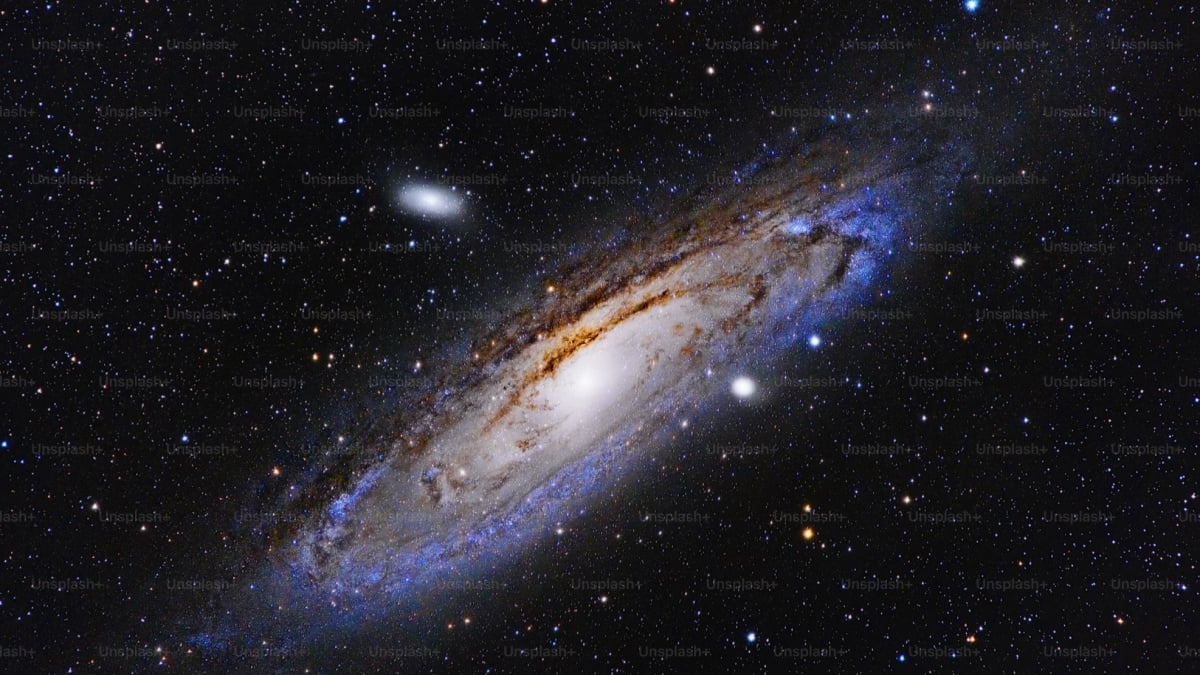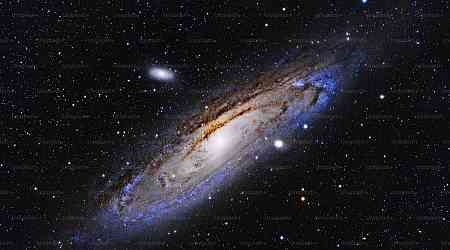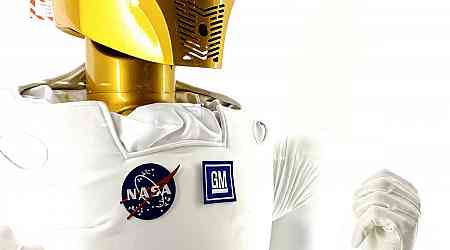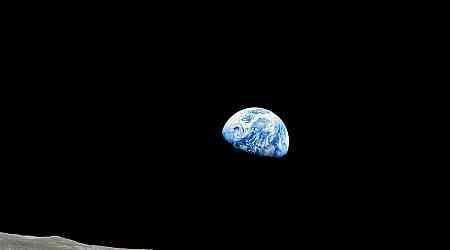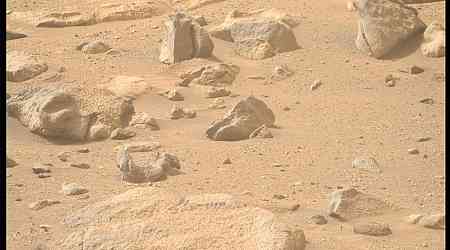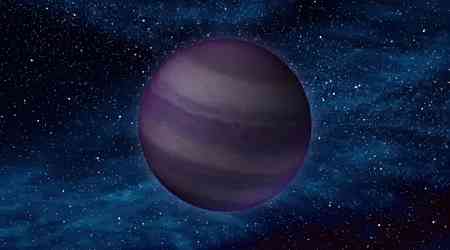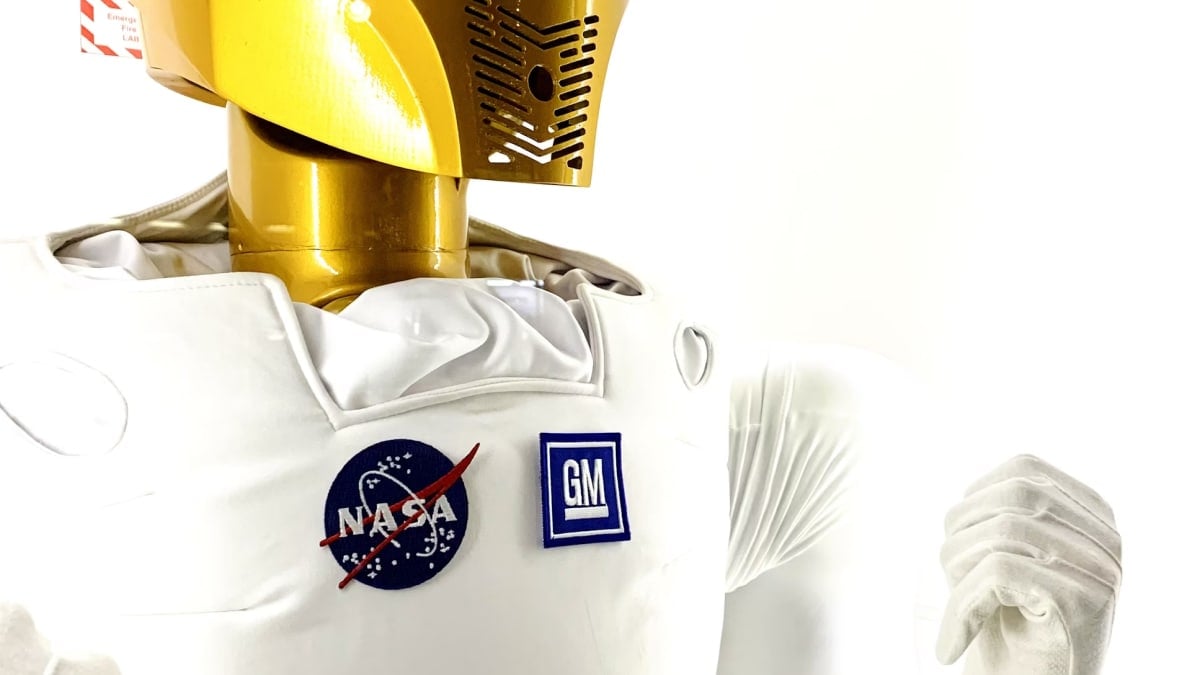Recent research has led to a new understanding of our galaxy's position within the universe. A fresh study suggests that the Milky Way may reside in a much larger “basin of attraction” than previously assumed. This discovery challenges what we know about our galactic surroundings, revealing that the supercluster which houses the Milky Way could be up to 10 times bigger than current estimates.
Basins of attraction (BOAs) are gravitational regions, where objects are drawn towards a massive centre. These BOAs can be visualised as layers within layers. For instance, our Solar System is part of the Milky Way, which belongs to a group of galaxies called the Local Group, which itself is within larger structures such as the Virgo Cluster and the Laniākea Supercluster.
The Discovery of a Larger Structure
According to a new study published in Nature Astronomy, the Milky Way may be part of an even larger structure than Laniākea, potentially connected to the Shapley Concentration. The Shapley Concentration is a massive cluster of galaxies that has long been known but wasn't previously thought to affect our galaxy. This new research suggests that it might have a significant gravitational influence, extending far beyond what we have mapped so far.
Challenging Our Understanding
Dr Noam Libeskind, Cosmologist at the Leibniz Institute for Astrophysics Potsdam, notes that expanding our knowledge of the universe reveals more connected and larger cosmic structures than we imagined. The research team, led by scientists who initially discovered Laniākea in 2014, estimates there is around a 60% chance that the Milky Way is part of this larger BOA. Dr Ehsan Kourkchi, Astronomer at the University of Hawai'i, highlighted the challenges of cosmic surveys, stating that even the most advanced tools might not be enough to capture the full picture of our universe.


















